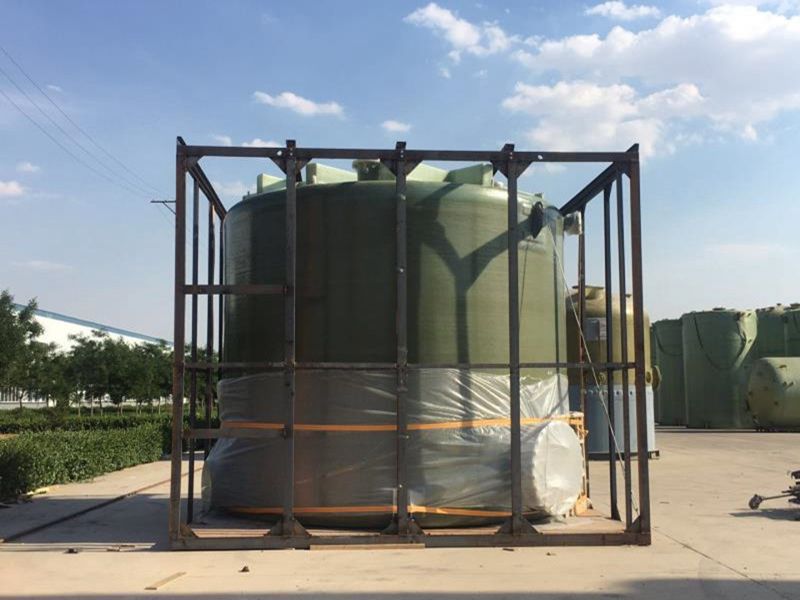
-
 Afrikaans
Afrikaans -
 Albanian
Albanian -
 Amharic
Amharic -
 Arabic
Arabic -
 Armenian
Armenian -
 Azerbaijani
Azerbaijani -
 Basque
Basque -
 Belarusian
Belarusian -
 Bengali
Bengali -
 Bosnian
Bosnian -
 Bulgarian
Bulgarian -
 Catalan
Catalan -
 Cebuano
Cebuano -
 China
China -
 China (Taiwan)
China (Taiwan) -
 Corsican
Corsican -
 Croatian
Croatian -
 Czech
Czech -
 Danish
Danish -
 Dutch
Dutch -
 English
English -
 Esperanto
Esperanto -
 Estonian
Estonian -
 Finnish
Finnish -
 French
French -
 Frisian
Frisian -
 Galician
Galician -
 Georgian
Georgian -
 German
German -
 Greek
Greek -
 Gujarati
Gujarati -
 Haitian Creole
Haitian Creole -
 hausa
hausa -
 hawaiian
hawaiian -
 Hebrew
Hebrew -
 Hindi
Hindi -
 Miao
Miao -
 Hungarian
Hungarian -
 Icelandic
Icelandic -
 igbo
igbo -
 Indonesian
Indonesian -
 irish
irish -
 Italian
Italian -
 Japanese
Japanese -
 Javanese
Javanese -
 Kannada
Kannada -
 kazakh
kazakh -
 Khmer
Khmer -
 Rwandese
Rwandese -
 Korean
Korean -
 Kurdish
Kurdish -
 Kyrgyz
Kyrgyz -
 Lao
Lao -
 Latin
Latin -
 Latvian
Latvian -
 Lithuanian
Lithuanian -
 Luxembourgish
Luxembourgish -
 Macedonian
Macedonian -
 Malgashi
Malgashi -
 Malay
Malay -
 Malayalam
Malayalam -
 Maltese
Maltese -
 Maori
Maori -
 Marathi
Marathi -
 Mongolian
Mongolian -
 Myanmar
Myanmar -
 Nepali
Nepali -
 Norwegian
Norwegian -
 Norwegian
Norwegian -
 Occitan
Occitan -
 Pashto
Pashto -
 Persian
Persian -
 Polish
Polish -
 Portuguese
Portuguese -
 Punjabi
Punjabi -
 Romanian
Romanian -
 Russian
Russian -
 Samoan
Samoan -
 Scottish Gaelic
Scottish Gaelic -
 Serbian
Serbian -
 Sesotho
Sesotho -
 Shona
Shona -
 Sindhi
Sindhi -
 Sinhala
Sinhala -
 Slovak
Slovak -
 Slovenian
Slovenian -
 Somali
Somali -
 Spanish
Spanish -
 Sundanese
Sundanese -
 Swahili
Swahili -
 Swedish
Swedish -
 Tagalog
Tagalog -
 Tajik
Tajik -
 Tamil
Tamil -
 Tatar
Tatar -
 Telugu
Telugu -
 Thai
Thai -
 Turkish
Turkish -
 Turkmen
Turkmen -
 Ukrainian
Ukrainian -
 Urdu
Urdu -
 Uighur
Uighur -
 Uzbek
Uzbek -
 Vietnamese
Vietnamese -
 Welsh
Welsh -
 Bantu
Bantu -
 Yiddish
Yiddish -
 Yoruba
Yoruba -
 Zulu
Zulu
frp chemical storage tanks
Understanding FRP Chemical Storage Tanks Advantages and Applications
Fiber Reinforced Polymer (FRP) chemical storage tanks are becoming increasingly popular in various industries due to their unique properties and advantages. These tanks are designed to store a wide range of chemicals, including corrosive acids, alkalis, and other hazardous materials. Understanding the features and benefits of FRP tanks can help businesses make informed decisions about their chemical storage needs.
One of the primary advantages of FRP tanks is their exceptional corrosion resistance. Traditional storage tanks made of metal or concrete can degrade over time when exposed to harsh chemicals. In contrast, FRP tanks are composed of reinforced fiberglass, which offers superior durability and can withstand extreme environmental conditions. This characteristic not only prolongs the lifespan of the tank but also reduces maintenance costs, making them a more cost-effective solution over time.
Understanding FRP Chemical Storage Tanks Advantages and Applications
In addition to being lightweight and durable, FRP tanks are also highly customizable. They can be manufactured in various shapes and sizes to meet specific storage requirements. This flexibility allows companies to optimize their space and design storage solutions that fit seamlessly into their operations. Furthermore, FRP tanks can be tailored to handle specific chemicals and temperatures, ensuring safe and efficient storage.
frp chemical storage tanks

Safety is paramount when dealing with hazardous materials, and FRP tanks excel in this regard as well. The materials used in these tanks are non-conductive, which minimizes the risk of static electricity build-up—an essential factor when storing flammable or explosive chemicals. Moreover, FRP tanks are less prone to leaks and spills, further enhancing safety in storage facilities.
Environmental considerations cannot be ignored; FRP tanks are also designed with sustainability in mind. The production of fiberglass materials can be less harmful to the environment compared to metal extraction and processing. Additionally, the longevity and durability of FRP tanks contribute to reducing environmental impact over time, as there is less waste generated from replacements and repairs.
Lastly, regulatory compliance is a crucial aspect of chemical storage. FRP tanks can be engineered to meet various industry standards and regulations, ensuring that businesses remain compliant while storing hazardous materials. This aspect not only safeguards the environment but also protects the health and safety of workers.
In conclusion, FRP chemical storage tanks present a multitude of advantages, including corrosion resistance, lightweight design, customization options, enhanced safety features, and environmental sustainability. As industries continue to prioritize safety and efficiency, FRP tanks are poised to play a vital role in the future of chemical storage solutions. Businesses looking to enhance their chemical storage capabilities would be wise to consider the benefits of incorporating FRP tanks into their operations.









